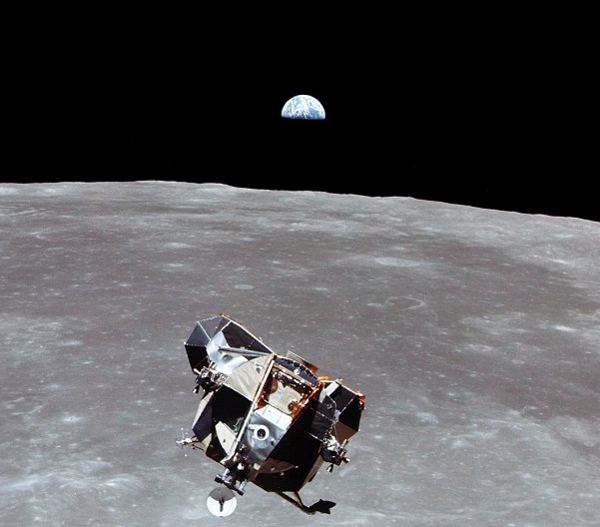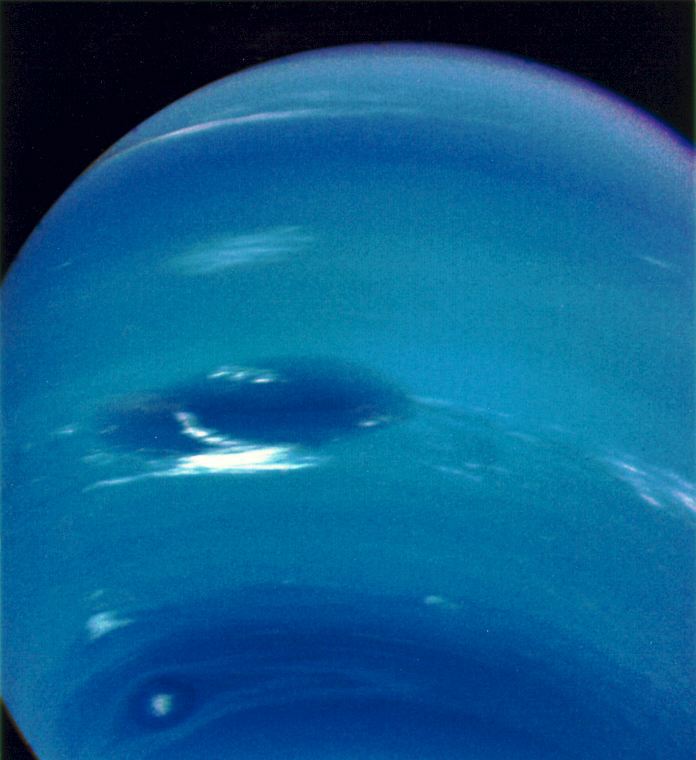
Apollo 16 mission’s picture of the video camera on the moon, taken from the Lunar Module “Orion” by astronauts. Apollo 16 was the tenth NASA mission to the Moon and the fifth (and last) to land a manned module on the Moon. Commander John Young, Lunar Module Pilot Charles Duke spent just under three days on the Moon in the lander while Ken Mattingly piloted the “Casper” Command/Service Module.



